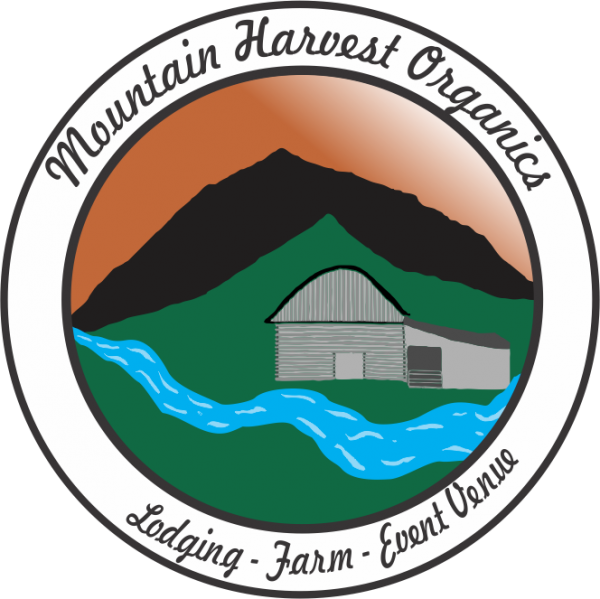Projects, WP Migration
What to prioritize with just 2 sunny days and unfrozen ground?
|
So Friday it was a little sunny and FINALLY the snow melted by late afternoon. We have cranked up the greenhouse and seeded most of our onions with anticipation of Saturday and Sunday being sunny and unfrozen so that we could work on outside projects rather than greenhouse work.
Normally our winters have a few days each month with unfrozen ground and temperatures above freezing; however this winter has been very cold and we are so far behind on our outside projects that it is difficult knowing what to prioritize. |
|
|
So here is how we spent our 2 sunny days: |
|
|
(1) We interviewed an applicant for our apprenticeship who we really liked. We normally like to have folks who are at least in their mid 20’s because they are more settled and able to handle an entire season of farming. This applicant, although 19, strikes us as very mature and dedicated enough to follow through on a season of farming.
(2) Our first priority has become readying the pigs summer home because they are escaping our fencing. I should be calling the pigs “swine” which is used by industry. My parents said that pigs are hard to contain, and we are finding that to be true, as they have been escaping the barn paddock and are rooting up the fescue around our greenhouses. Since they have been kept with the goats upon coming to the farm, the pigs and goats seem to have bonded, and the pigs have been following the herd of goats around the farm and not interested in running away. The problem with the pigs grazing with the goats is that our goat fence broke during one of the storms (downed trees are shorting out our electric fence) so the goats are escaping their fence but at least the goats don’t seem to be leaving the farm. So we made the pigs a summer shelter, drove t-posts for the combination woven wire/electrical fence and installed a regular gate for us to easily access the area throughout the season. Originally we were simply going to fence the pigs using electric fence but since we are fencing them out from our production area we thought we should use both woven wire and electric fencing so the pigs have no chance of escaping during the season. Woven wire is a physical barrier and electrical fencing is a psychological barrier. We figure the pigs are less apt to escape if they are being shocked while trying to get through the woven wire fence!
(3) Our second priority was to finish plowing one of our 4 acre fields that we hope to put back into production this year creating a more comprehensive rotation plan between potatoes, alliums and field corn. Joe Pisciotto plowed half of it last October so I finished it. This area was in production several years ago and came back strong in fescue. It will be interesting to see how these crops do. Folks up here say that plowing then having it freeze and thaw throughout the winter will “kill” fescue. We are almost certain that these 2 sunny days is just teasing us of Springs arrival and that we will have more freezing weather so that all I just plowed will also go through a little freezing/thawing before we plant.
READERS… That is all we got done with just 2 sunny days and unfrozen ground so I guess none of you would hire us for any jobs or you’d go broke! We would like more sunny days but it is already raining this morning so we will be seeding more flats in the greenhouse.
|
|
|
Our temporary shelter for the pigs was cheap to build. Pigs must have a place for sleeping and getting out of the sunshine. This shelter only took us a few hours to assemble thanks to this website.
|
|
   |
(1) Find a location that is at least 12 feet by 16 feet. (2) Build the center of the temporary shelter in the Center of your space. On the outer edges, Hammer 1 t-post into the ground. Attach the four foot gate to the t-post with wire. The gate will support the structure from collapsing during rainy/snowy weather. Bend the cattle panel over the T-Post/Gate to make a quonset shape. Hammer another t-post on the opposite side of the shelter to hold the cattle panel in place. (3) Build the front of the temporary shelter Measure 45 inches from each of the center T-Posts and hammer 2 additional T-Posts on each side of the shelter. Then take another cattle panel and bend it into place from each T-Post forming a quonset shape but overlapping the center cattle panel. Using pieces of wire and your fencing pliers, tie the center cattle panel to the front cattle panel. Since Carl is a perfectionist he probably tied the panels together in 10 places. (4) Build the back of the temporary shelter. Measure 45 inches from each of the center T-Posts and hammer 2 additional T-Posts on each side of the shelter. Then take the 3rd cattle panel and bend it into place from each T-Post forming a quonset shape but overlapping the center cattle panel.< Using pieces of wire and your fencing pliers, tie the center cattle panel to the back cattle panel. |
|
(5) Stretch the tarp across the cattle panels and tie the tarp to the cattle panel at each of the grommets. Here in the mountains we normally have high winds in March so we took an extra step and tied the tarp to the cattle panels and the cattle panels to the t-posts near the ground. We will let you know how this shelter fares during our winter weather.  |
|
